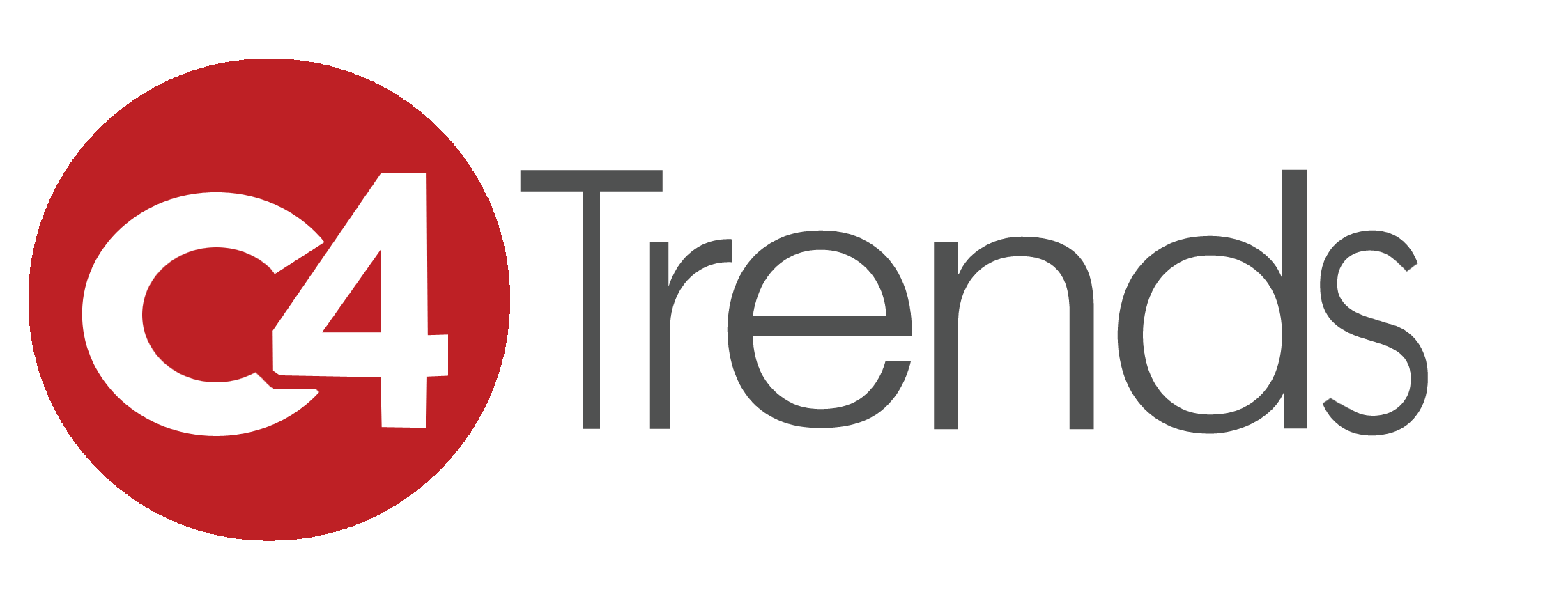What constitutes a senior? The eligibility age for Social Security used to be the dividing line between middle age and seniors. More recently, the yardstick has become AARP membership.
Watch out world because the boomers are changing pre-conceived notions about aging. Now we hear, “Sixty is the new fifty.” Just because someone turns 65, it doesn’t make them a senior.
When it fits their needs, boomers will embrace leading-edge technology.
Boomers are eager to defy or at least conceal that they are aging. For example, an “anti-aging” Google search produced more than 20 million hits. Their expectations are leading them to focus on health, wellness and care. They want to maintain mental acuity and physical capabilities.
Boomers are shaping the devices, soft- ware and services of tomorrow by the choices they are making, according to a report called “Boomers and Technology: An Extended Conversation”, sponsored by AARP and Microsoft. This study shows how boomers will use technology in the years ahead and the implications for product design and connected health services. The study found that seniors don’t consider themselves technology dunces. Instead, they blame manufacturers for excessive complexity and poor instructions.
Devices for Seniors
Technology is a big part of boomer leisure and creativity. Boomers’ first games were Pong and Pac-Man. Video games are relevant again with new physical interfaces. Nintendo’s Wii was a game-changer be- cause it got people physically engaged with their favorite sport. Nintendo’s Wii Fit Balance Board lets people actively interact with their content while honing their balance—critical skills as boomers age.
If the Wii got people off the couch to play tennis, then Nintendo’s Brain Age for its handheld DS device has spawned an industry based on fun mental exercises. Brain Age is based on quick-fire exercises in the form of math quizzes, anagrams, music recitals, memory games and puzzles. Introduced three years ago, it has sold more than 10 million copies, followed by others like Mentor Interactive’s thinkSmart that are based on “powering up your brain” as the key to good health for body and mind.
And while still fond of print, boomers are seeking fresh sources for news, from AP feeds on their smartphones to news sites on the Internet. The e-Reader is popular— enlarged font sizes for diminished vision, found on Amazon’s Kindle DX and Apple’s iPad, help seniors read.
The study also found that when it fits their needs, boomers will embrace leading-edge technology—voice recognition, projection cell phones and even computer goggles (tools for experiencing virtual reality). They want to see medical records computerized and some would even consider being implanted with data chips to hold their own health history.
Intel’s Digital Health Group’s Health Research and Innovation group is exploring new technologies to help people proactively manage their health and to prevent or delay the onset of disease. Activity Detection Technology is a project where proto- types of smart homes were equipped with a network of sensors to monitor everything from cooking habits to the level of physical movement. This research may lead to the early detection of the onset of dementia by monitoring changes in activity patterns. A broader goal is to use the sensor data to build assistive technologies that provide support and enhance people’s abilities to conduct daily activities.
Intel also is focused on adaptive and distributed interfaces and assistive home technologies. The goal is to have a variety of interfaces on phones, televisions, PDAs or other electronic devices in the home within easy reach of the person needing assistance. These interfaces will assess the level of a person’s cognitive function and adjust to provide the appropriate level of assistance—one day the system may only need to remind a person to cook, while the next day it may provide detailed instructions on how to prepare a meal.
Other smart high-tech products help people better monitor and treat their chronic diseases, provide access to medical information and make a home safe for a senior. One simple solution is Vitality’s GlowCaps that ensures medical adherence through reminders, social feedback, financial incentives and automatic refills. Connected products like its smart bottle cap can help save lives and cut healthcare costs.
Accenture is developing a talking medicine cabinet to help seniors manage their medications and keep track of their vital signs. While it’s still several years away from the consumer market, a prototype was on display at the White House Conference on Aging. Another product, Jitterbug, is a cell phone with a large display. It has powerful speakers for louder ringtones and call amplification to enable people with hearing impairments to stay in touch with access to 24/7 healthcare support.
The number of boomers that will become seniors over the next 10 years is stagger- ing. They will require innovative solutions. If you are in the business of consumer technology, health or related areas—consider the possibilities.
E-mail comments to: . susan@c4trends.com

